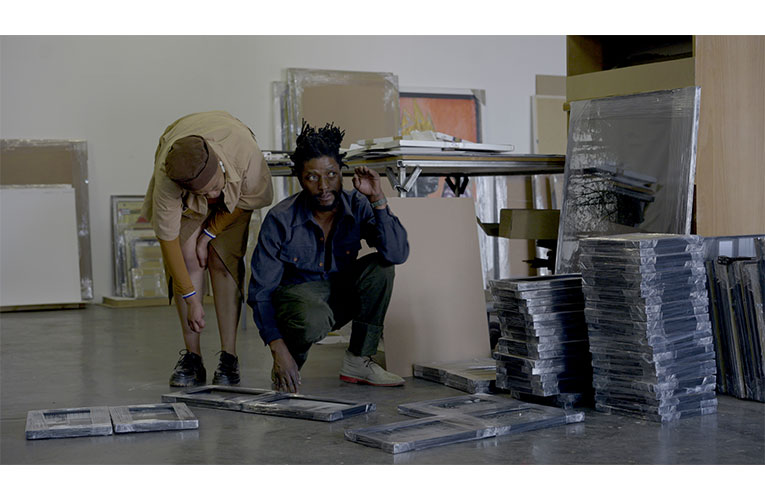Photographer Sabelo Mlangeni’s exhibition NGIYOBONA PHAMBILI at Umhlabathi Gallery is a compelling viewing experience
Umhlabathi Gallery in Newtown September 1 -October 5th, 2024.
BY Edward Tsumele, CITYLIFE/ARTS Editor
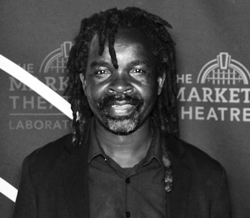
You needed not to have looked beyond the number of the people who were there, mainly artists and artist-wannabes to conclude that Sabelo Mlangeni is an influential figure in the arts sector in general, particularly in photography. Young and old, they all came to view, admire and embrace an exhibition that will for the longest of time, no doubt, be regarded as one of the most significant to have graced the walls of Umhlabathi Gallery in Newtown on a Sunday afternoon.
In as much as the wide interest by the arts public is a demonstration of Mlangeni’s art practice within the sector, it is also a demonstration of the growth of Umhlabathi’s importance as a centre of photography in the country.
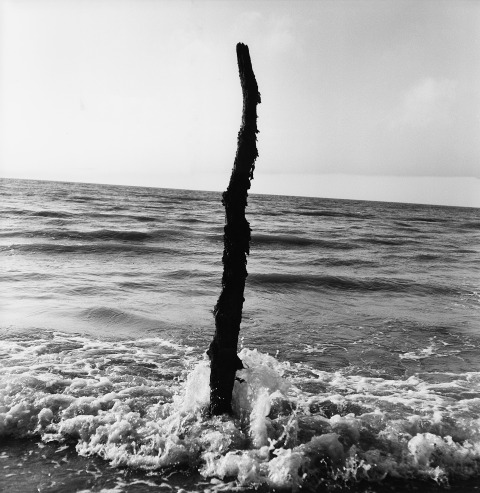
Led by a collective of photographers, amongst whom are Andrew Tshabangu, the veteran art photographer and educator, Andile Komanisi, Tshepiso Mazibuko, a young photographer to look out for -she has just returned from a major photography exhibition in France where she won two major photography awards and ThandileZwelibanzi among others, Umhlabathi is increasingly becoming an influential space for fine art photography in the country. Their shows are always well attended, but on Sunday, the opening of Mlangeni’s exhibition must rank as one of the most attended shows at the space since it opened its doors to the photographers, who have their studios there in 2021.
When it comes to the exhibition, Mlangeni has outdone himself, as a documentary photographer of note, not only in South Africa, but internationally. The quality of the images is out of this world, and so are the narratives carried in these images, whether its an image of a landscape or of a portrait, these images are live, connect with the view in a way that is impactful. This exhibition is a compelling viewing experience. I found myself going back inside the gallery several times to view and view them again and again. I was not the only one though, believe you me for the hours that I was there. Yes, hours as no one seemed to be in a hurry to go home. It may have been because of the food that guests were served. It may have been for the fact that people wre served quantities of alcohol, and most importantly, it may have been indeed because of the magic on the walls of Umhlabathi Gallery that people never tired of viewing. Whatever it was it made the visitors to hang around for what appeared to be an unusually long period of time for an exhibition opening.
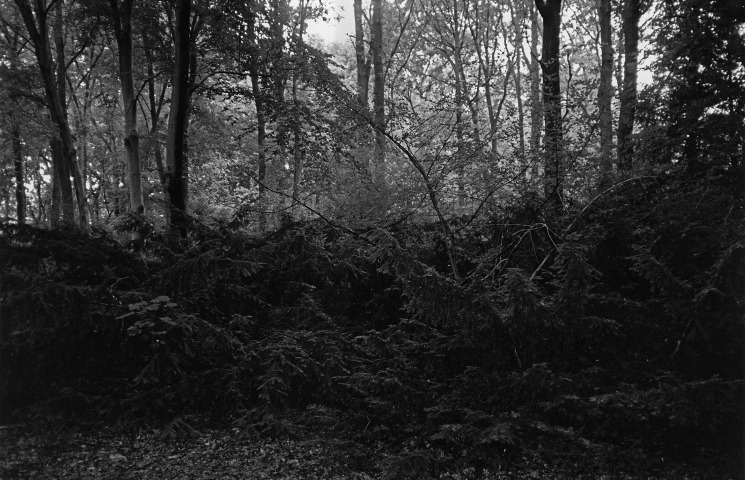
I must state that the exhibition was particularly appealing because of the thinking that went into its curation. Though it was the first time that I attended a show curated by young curator Kamogelo Walaza, I must state that this was done particularly well, with a lot of thinking going into it.
Though the Artist statement was written in isiZulu, and that may have made it somehow inaccessible to those that cannot read the language, someone was quick to point out to me that in fact, you can just take a picture of the statement and Google translate can within seconds translate the entre thing into English -talk of technology meeting art.
Now let us get into the mind of the curator in her own words, to better understand the curatorial insights behind this exhibition.

“Titled NGIYOBONA PHAMBILI, the exhibition presents images from an ongoing series begun in 2010 that reflects Mlangeni’s exploration of identity and its volatile and unstable nature, situating it in both the past and the present. Comprising of photographs of European landscapes (taken during the artists’ travels to Basel, Berlin, and Paris), NGIYOBONA PHAMBILI offers a unique perspective on how trauma is viewed, and ways in which trauma and pain can be concealed by the landscape.
Through Walaza’s curation, Mlangeni was asked to integrate creative methodologies, blurring the lines between research and artistic expression. The exhibition highlights the fragility, contemplation, and temporal essence of Mlangeni’s photographs. NGIYOBONA PHAMBILI displays erased and obscured photographs that incorporate elements of abstraction, preservation of history, and nostalgia, with a critical comment on the malleability of the photograph. Throughout their practice with this work that has been archived for a decade, they explore the volatility of identity and emphasize the unstable nature of the past/present. The photographs of NGIYOBONA PHAMBILI are erased and
obscured to varying degrees, leaving traces of the artist’s intervention. These are quiet, meditative artworks, incorporating elements of abstraction, preservation of history and nostalgia, with a critical comment on the malleability of the photograph. To display this kind of absence, or to fill that absence with re-creations, or with shadows and silhouettes, or with words and images? It depends on your point, on which aspect of history you want to emphasize.
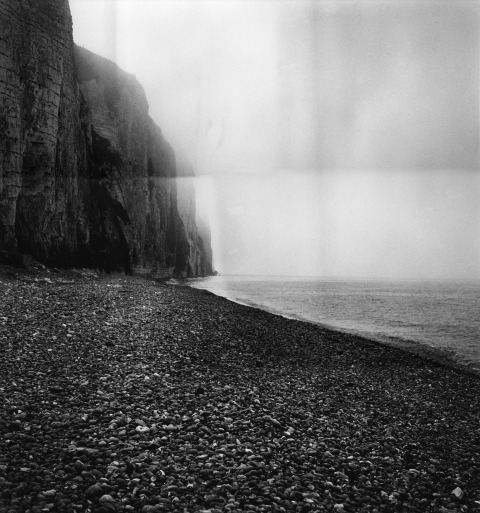
Walaza’s approach to curating has asked Mlangeni to collaborate and they have taken an approach of process led and making sure each photograph, installation and soundscape have a presence- this curation is thought through movement in the exhibition space. Through movement, one has to understand it as a valid instrument for investigation. There is intention with the movement and how aesthetically the photographs are placed. It’s a map within the exhibition space so movement is vital.
NGIYOBONA PHAMBILI is open to the public from September 1st until October 5th, 2024, at
Umhlabathi – Newtown. The exhibition promises a thought-provoking and transformative experience, offering visitors an opportunity to engage with photography in new and exciting ways.
Yours sincerely:
Kamogelo Walaza.”










